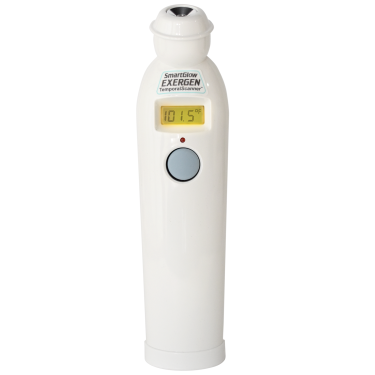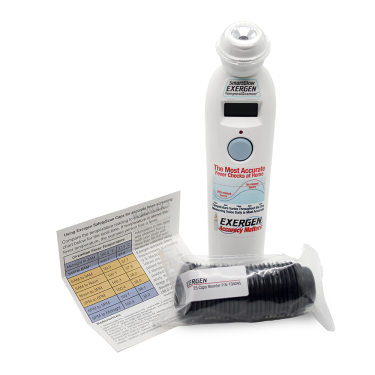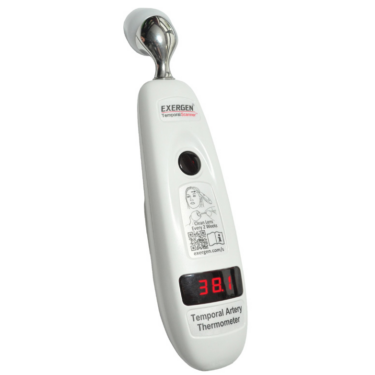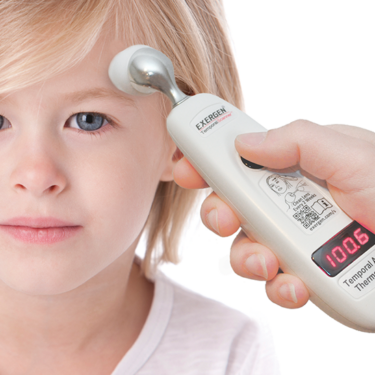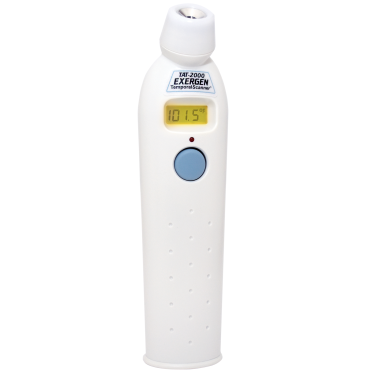In clinical practice, fever is often the first sign that the immune system is responding to an infection. But in elderly individuals, this critical warning signal may be absent or significantly blunted—posing a challenge to timely diagnosis and care. A seminal review article published in Clinical Infectious Diseases (2000) explored this issue in depth, highlighting how age-related changes in immune function can mask or delay fever responses in older patients.
Atypical Fever Response in Older Adults
The study, authored by Norman S. Bennett, reviewed evidence showing that elderly people frequently fail to mount a febrile response even in the face of serious infections. In fact, fever is absent or diminished in as many as 20–30% of older adults with confirmed infectious diseases. This phenomenon is attributed to the aging immune system, which undergoes complex physiological changes—collectively referred to as immunosenescence—that alter the body’s thermoregulatory response.
What makes this finding particularly concerning is that when a fever is present in an older person, it is statistically more likely to be associated with a significant or life-threatening infection. This includes bacterial infections such as pneumonia, urinary tract infections, and sepsis.
Lower Baseline Temperatures, Lower Fever Thresholds
Another key point raised in the article is the difference in baseline body temperature among older individuals. Many seniors have lower-than-average resting temperatures, which means that a clinically meaningful rise in temperature may still fall below the traditional fever threshold of 38°C (100.4 F). The study advises clinicians to look for smaller deviations from a patient’s known baseline—often a rise of just 1,1°C (2 F)—as potential indicators of infection.
The implication is clear: using a fixed numerical threshold to define fever may lead to underdiagnosis in the elderly. This underscores the need for more individualized assessments of body temperature, especially in long-term care settings where older adults may not be able to communicate symptoms effectively.
Timing Matters: Circadian Rhythms and Temperature
Body temperature is not static—it fluctuates throughout the day, typically lowest in the early morning and highest in the late afternoon or evening. The article notes that single daily measurements, especially those taken in the morning, may miss fevers entirely. This is particularly relevant in clinical environments like nursing homes or hospitals, where routine vital signs are often recorded early in the day.
Given these circadian patterns, the authors recommend multiple daily temperature readings to improve the detection of clinically relevant temperature elevations.
Implications for Elder Care and Infection Control
The findings of the study have wide-ranging implications. In older adults, a subtle rise in temperature might be the only early clue that something is wrong. Recognizing this requires awareness not just of what constitutes a fever numerically, but how the concept of fever should be adapted for an aging population.
Healthcare providers, caregivers, and families must remain vigilant. Failure to recognize atypical presentations of infection can lead to delayed treatment, unnecessary complications, and increased mortality risk among older adults.
The Case for Routine Monitoring with Non-Invasive Tools
In light of these findings, establishing a habit of twice-daily temperature monitoring can serve as a simple but effective safeguard. Especially for those living with chronic conditions or in group care environments, routine temperature checks help build an individual baseline and catch minor but meaningful changes.
Using an accurate, non-invasive medical device like the Exergen Temporal Artery Thermometer can make this process both practical and comfortable. By scanning the skin over the temporal artery by gently touching it, the thermometer provides quick and reliable readings without the discomfort of oral, rectal, or tympanic methods—features particularly valuable when working with elderly individuals.
Given the muted fever response observed in older adults and the variability in temperature over the course of a day, checking body temperature twice daily with a reliable and easy-to-use thermometer is a prudent step in safeguarding elder health.
Source:
- Oxford Academic, https://academic.oup.com/cid/article-abstract/31/1/148/318030?redirectedFrom=fulltext
Exergen P/N 850481
